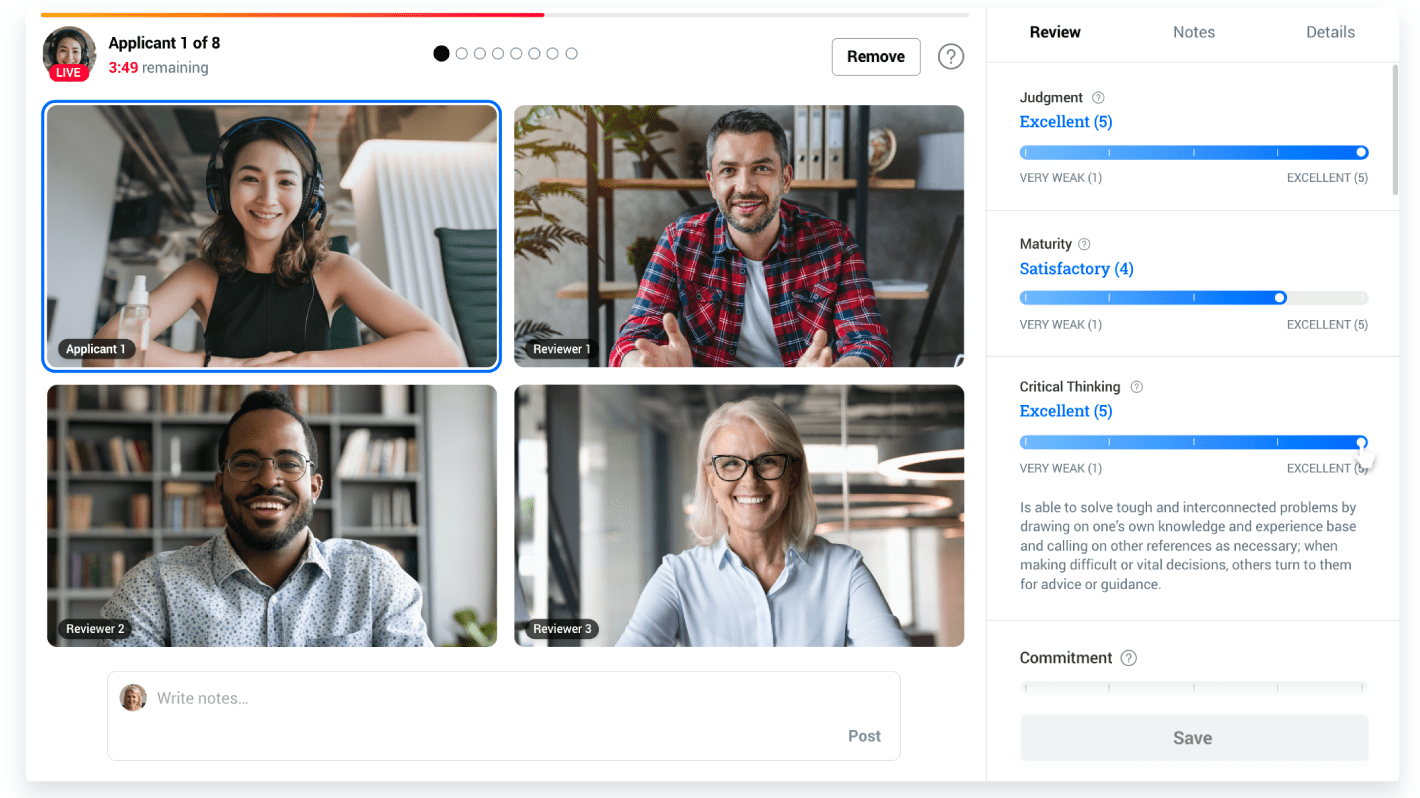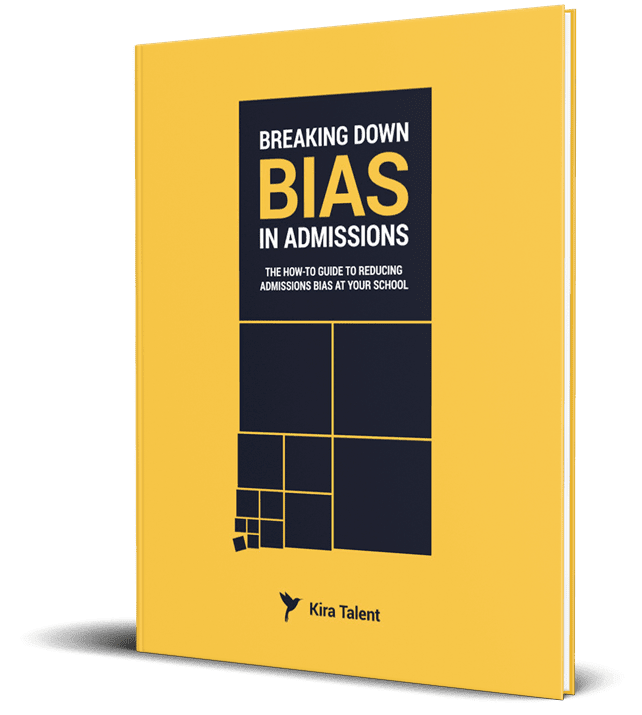This is part 2 of a 3 part series - check out part 1 here and learn about the history of the CCR/T.
Does your school have a Co-Curricular Record/Transcript?
If not, you may want to consider implementing one. Check out CACUSS’ tips on starting a CCR/T at your school.
A CCR/T is not only beneficial to your students by helping them recognize and reflect on the skills they have developed, which can help in their job search after graduation, but it can also provide invaluable insight to your institution.
Here’s how you can use CCR/T data to enhance practices in academics and student services:
Investigate the most (and least) developed competencies on your campus
Implementing a CCR/T will require that you attach competencies, learning outcomes, or soft skills with the co-curricular programming that you offer on campus. Although time consuming, this will allow your institution to report on the most and least developed competencies throughout your student body.
Once you’ve collected at least one year of data, it can be used in comparison with your school or specific faculties mission or vision statements.
Case Study:
You are a school of global affairs and you expect your students to develop cultural awareness while in your program, but CCR/T data shows that only a small percentage of students are gaining this competency through co-curricular programming. You can use this information to inform decisions to enhance global affairs competency development in the classroom, create additional co-curricular programming for this competency, or increase efforts to grow the number of students participating in existing programming.
The CCR/T data allows you to see how your students are developing the competencies most important to your program.
Do you work in a professional faculty?
Many professional accreditation bodies have competencies that members are expected to possess to be accredited in that institution.
Here are a few examples:
- Competencies for Registrar and Admissions Professionals
- Competencies for Audiology and Speech Language Pathology
- Competencies for Pharmacy Professionals
- Competencies for Engineers
While many of these competencies may be developed in your in-class programming, you can use CCR/T data to see if your students are developing these competencies outside of the classroom as well. This data could inform not only updates to your co-curricular programming but also updates to academic courses and intended learning outcomes.
Work Cross-Collaboratively Between Student Services and Academics
Institutions of higher education are investing more time and energy into developing the “student experience.” Many of your student service colleagues have gone through rigorous training to learn how to best support students through post-secondary.
The CCR/T allows for more cross-collaboration between academic and student service practitioners. As soft-skills are surpassing technical skills in workplace necessities, more than ever students need equal support from inside the classroom, and outside the classroom development.
Imagine that your CCR/T data shows that students are not developing their presentation/facilitation skills in their co-curricular activities, but you know that this is an important skill to be developed for the workforce. Knowing this information, you can connect with professors to understand the development of these skills in the classroom and give your students services team more insight into what types of programming you should focus on increasing.
After Graduation
Globally we are seeing more focus on how to equip our students with the necessary skills for the workforce.
The Province of Ontario has a mandate to increase work-integrated learning opportunities, and ensure that students are equipped with the skills necessary for the changing workforce. They have a focus on how to close the gap in skills and competencies “by finding ways to teach and recognize the skills that students learn, such as teamwork, problem solving and entrepreneurial spirit…”
South of the border, the Association of American Colleges and Universities found that recent graduates from post-secondary were lacking the necessary workplace skills like critical thinking and communication.
Understanding your CCR/T data will allow you to see how many of your students are developing the necessary skills and competencies for the workforce, and will inform your teams to better establish programming for students to continue to develop these skills and have prosperous careers after graduation.



